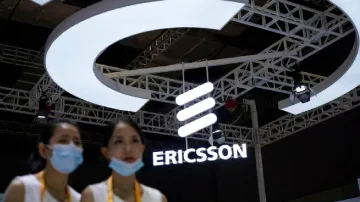Ericsson, a leading company in telecommunications, has shared some exciting updates about the future of mobile communication, particularly 6G. They believe we are on the brink of an important transition from 5G technology to even more advanced capabilities. This shift is expected to significantly transform the telecommunications industry, making it easier for people to access high-speed internet. In their latest report, Ericsson highlighted that as new technologies emerge, the amount of data used by people will continue to grow.
What’s Coming with 6G?
According to Ericsson, we can expect 6G technology to be rolled out by 2030. Countries like India, Japan, South Korea, the United States, and China are already preparing for this new communication system. Currently, around 320 telecom companies worldwide are offering 5G services, but that only accounts for about 20 percent of people globally. By 2030, they predict that 5G will reach around 60 percent of the world's population.
India Leading in 5G Deployment
India is currently ahead of the curve when it comes to rolling out 5G networks. Major telecom providers, Airtel and Jio, have already made 5G services available across almost all districts in the country. However, Airtel is providing a temporary version of 5G that still relies on older 4G technology, while Jio has implemented a fully new system for its 5G services.
The latest Ericsson report emphasizes that telecom companies will focus on enhancing 5G technology to offer even better network performance. The improved version, called 5G Advanced, is expected to provide users with a more robust and efficient internet experience.
Why 5G Advanced is Important
Once 5G Advanced is fully operational by 2030, experts predict that mobile data usage through options like Fixed Wireless Access (a way to connect homes to the internet without cables) will triple. This surge is largely fueled by the growing use of artificial intelligence and the increasing popularity of video content. In India, for example, the average mobile internet user currently uses about 32GB of data each month, and this number could rise to around 66GB by 2030.
ALSO READ: Huawei launches HarmonyOS Next as an alternative to Android, iOS operating system
